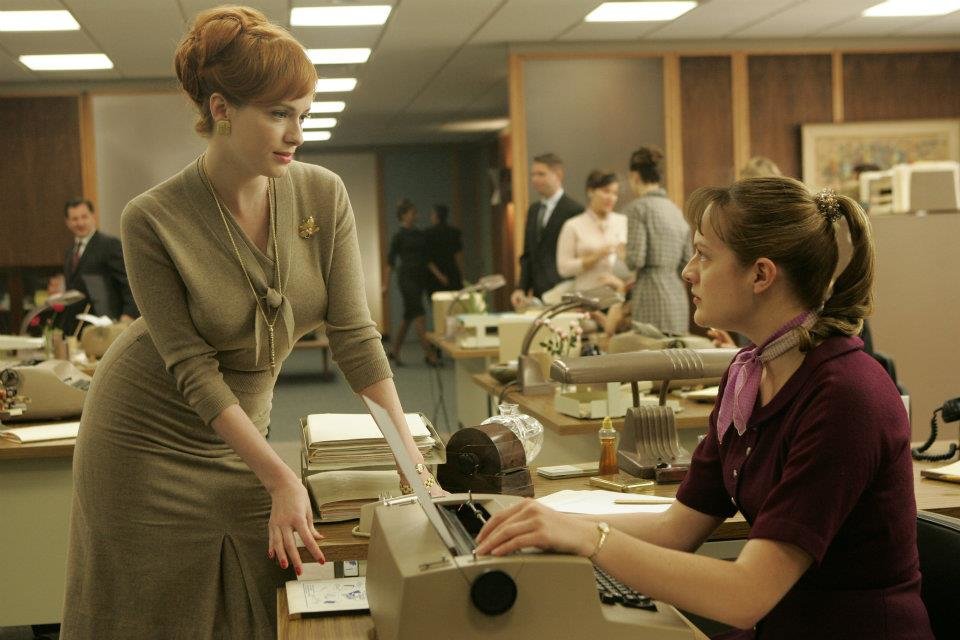Almost half of the workforce in the U.S. constitutes of women, and in half of the American families, they are the sole providers for their children. Studies also show that women are more educated than men and receive a higher number of college degrees – but they continue to earn substantially less than their male counterparts on average.

Women tend to get more college degrees than men but still earn 20 per cent less than their male counterparts
Is Inequal Pay Women’s Problem?
In the past, experts have tried to pin the blame of pay inequality on women and their inability to understand their self-worth, but in helping them make smarter career choices and negotiating wages with employers, we’ve made a grave mistake of shifting accountability for pay inequality on the victims of this gender discrimination.
But a recent observation by Yasemin Besen Cassino, a renowned author and sociology professor showed that wage gap occurs long before women learn to negotiate or understand their self-worth. According to him, the concept of gender discrimination is so deeply rooted in our society that young girls as young as 14 and 15 are being prepared for this injustice in their future.
Cassino used data from National Longitudinal Study of Youth to observe wage trends among the younger generation from the retail and service sectors or hold babysitting jobs. After interviewing 35 female babysitters and 25 women from the service and retail sector, Cassino found out that negotiating pay does not solve the problem of wage inequality.

Pay negotiation by women is considered a bad practice by employers who associate it with cunningness and manipulation
Employers tend to look at negotiating as a bad trait in young female workers and associate it with cunningness and manipulation. Therefore, teenager girls who asked for a raise from their employees hardly ever received it. Moreover, discussing or negotiating wages is often considered a sign of greediness and not caring, especially in situations where care work is an important part of the job, such as in babysitting.
Underlying Causes of Wage Gap
However, there are ways to tackle this tricky, but crucial, issue of pay inequality and it starts by shifting the blame away from women who are actively being discriminated against and address is as a societal problem that needs to be addressed collectively.
Lack of Information
One of the most common challenges most women face while negotiating pay is not having adequate information on the going-rate for a specific job. In the age of technology, it is crucial to make wage information transparent and public so that women can easily access it and use it as the basis for negotiations.
This information black hole is even more prevalent in freelancing jobs since most companies fail to disclose information about freelancers on their websites. Knowing the going rate for a particular job is important before going into a job interview. Once the discussion takes a turn towards salary negotiation, women will suggest a better starting rate if they know how much everyone else is charging in a specific industry.

Jobs often have comparable work requirements for men and women which could potentially be contributing to the problem of wage gap
Avoiding the Money Talk
Even if women do have more information on average wages for specific jobs, they find it difficult to talk about money because of the way they have been socialized. Women tend to discuss wage matters with other co-workers far less than men, studies say.
Creating a transparent and open network where all men and women can openly talk about money from an early age will better equip young girls with the negotiation skills they will need later in their professional lives.
Comparable Job Descriptions
Wage gap isn’t just about the wage but also the way jobs are marketed to different genders. One of the solution to the multi-facetted unequal pay issue is to have the same job descriptions for male and female applicants.
One clear example of comparable job requirements is babysitting where women are given higher preference over men and asked to do additional chores than the standard requirement such as cleaning, cooking and helping with homework. Men, on the other hand, are rarely ever asked to perform such tasks.
Interview Process
There are also clear differences in the way male and female applicants are treated during job interviews which could be contributing to the problem. When talking about wages, male applicants are asked how much they expect to earn whereas women were simply told the rate they company would pay them. This may be a small difference, but it closes doors for wage negotiation for women.










